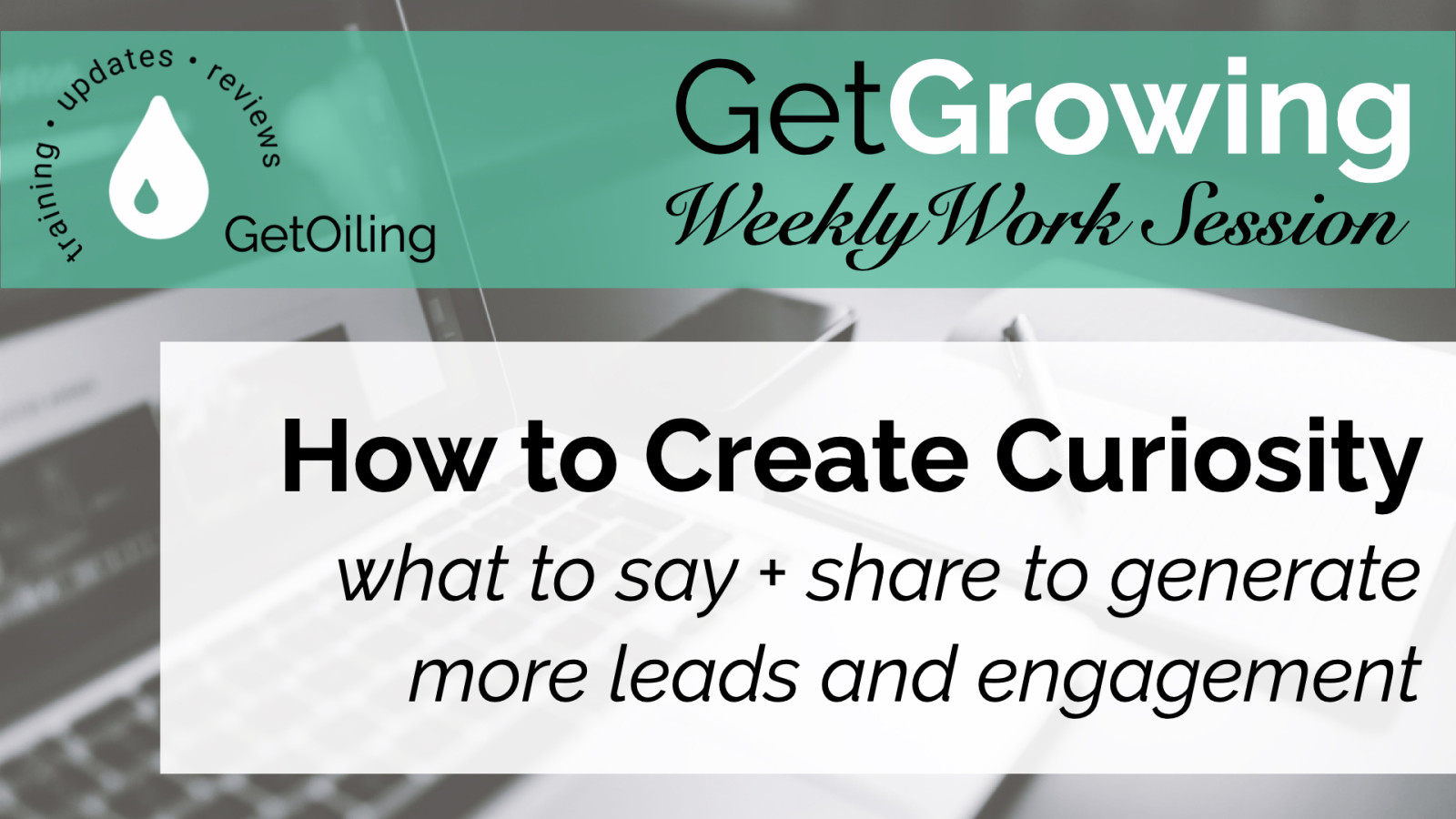
If you’ve ever posted something about Young Living and felt like no one cared—or worse, like your audience disappeared—you’re not alone.
The truth is, most people don’t scroll Instagram or open emails hoping to hear about a brand. They want help with their problems.
And they want to feel connected to a person who gets it.
That’s why curiosity-based marketing is such a powerful tool. When you lead with a product, you give away the ending. But when you lead with a story, a struggle, or a transformation, you invite people in. You create space for interest to grow and for a real conversation to begin.
This week’s Weekly Work Session is all about how to share in a way that sparks curiosity and leads to more meaningful conversations—without feeling like you’re hiding what you do or tricking anyone into buying something. You’ll learn how to guide your audience toward connection (and eventually conversion) by doing what you’re probably already good at: telling the truth and helping people.
Why Curiosity Isn’t About Hiding
Let’s start with something important: Curiosity-based marketing is not about hiding the fact that you use or recommend Young Living. It’s about being intentional with how and when you bring it up—so that people are actually listening when you do.
If someone hears “Young Living” in the first line of your post, they’ve already made a decision. They’ve either bought before, decided it’s not for them, or tuned out. That means curiosity dies instantly. But if you open with something they do care about—a problem they’re facing or a story that feels familiar—you create space for curiosity to live and grow.
And curiosity, when nurtured well, leads somewhere valuable: conversation, trust, and the chance to serve.
The Real Purpose of Curiosity Content
Posting on social media or sending an email shouldn’t be the end goal. The goal is movement: a breadcrumb trail that leads someone to take a next step with you.
Your content can and should lead to:
- A reply to your email
- A DM or comment on a post
- A click to read a blog or grab a free resource
- An invitation to chat, join, or explore what you offer
That’s the real job of curiosity—it’s not about teasing your favorite oil or hiding the brand name. It’s about creating an experience that feels natural, safe, and compelling enough that someone wants to lean in.
So… What Does That Actually Look Like?
If you’ve ever wondered what to say instead of naming a product directly, the answer is simple: Say something real. Share something that happened to you. Lead with what changed in your life—and what someone else might relate to.
You don’t need clever copywriting. You need honesty and intention.
Here’s how to do it in a way that feels natural and actually works:
1. Speak to a Real Problem, Not a Product Feature
People don’t care that you love Thieves Cleaner. They care that they’ve been getting headaches from scrubbing their bathroom and never thought to question why.
They don’t care that you use oils for immune support. They care that your family used to get sick on a loop and now things feel calmer and easier.
When you lead with a product, you’re selling. When you lead with a shift, a solution, or a shared struggle—you’re building a bridge.
2. Share What Changed—and Leave Room for Curiosity
You don’t have to give every detail upfront. In fact, it’s better if you don’t.
Try phrases like:
- “A few small changes made a big difference for us.”
- “I finally figured out what was causing the problem—and it wasn’t what I thought.”
- “This routine takes less than 5 minutes, but it’s changed everything.”
These types of statements spark interest without selling. They invite people to say, “Wait, what did you do?”—and that’s where the real conversation begins.
3. Always Give Them a Way to Respond
Curiosity is only useful if it leads somewhere. So give your audience a way to connect.
That might be:
- “If you want to know what worked for us, just reply—I’m happy to share.”
- “Have you ever dealt with this too? I’d love to hear what helped you.”
- “This has been a game changer. I wrote about it in my latest blog—let me know if you want the link.”
Don’t just hope people will reach out—invite them. Tell them what to do next. That’s how you turn curiosity into connection.
How to Structure Your Content for Curiosity
Here’s a simple structure you can use in social posts, emails, Reels, and even blog intros:
- Start with a problem – something your audience cares about or has experienced
- Share what changed – a lesson learned, a solution found, or a better outcome
- Invite a response – ask a question or offer to share more
This framework works in any format because it centers on your reader’s experience—not your product.
Examples of Curiosity That Converts
If you need a few examples to spark your own ideas, here are some from this week’s training:
Social post:
“I used to get headaches every time I deep cleaned the bathroom. I thought it was just me—until I learned what was actually in the products I was using. I swapped them out for something plant-based and haven’t had that issue since. What do you use to clean your home?”
Email:
Subject: The One Thing I Wish I Had Done Sooner for My Family’s Health It used to feel inevitable: one of us would get sick, then it would spread. A few small changes made a huge difference. If you want to know what we do now, just reply—I’m happy to share.
Both of these work because they do three things well: - Share a real story - Introduce a shift or insight - Create space for conversation
Write Your Own Curiosity Hook
Here are a few prompts to help you get started:
- “I used to struggle with ___ until I learned ___.”
- “If you’ve ever felt ___, you’re not alone. That’s why I started doing ___.”
- “Most people don’t realize that ___, but once I made this change, ___.”
Use these to draft your next post, Reel, or email—and test what kind of responses you get.
Where to Share Curiosity-Driven Content
Don’t limit yourself to just one place. Curiosity works across all formats:
- Social posts – tell a story and invite a response
- Reels & Stories – show behind-the-scenes or routines, but leave the “what” open-ended
- Emails & blogs – dive deeper, but keep the focus on shared experience and value
- DMs & replies – where trust is built and offers happen
The more consistently you use curiosity across your content, the more connected your audience will feel—and the more naturally your business will grow.
Watch the Training Replay
Start Shifting Your Content Today
Take 10 minutes today to scroll your recent posts or emails. Where are you leading with products? Where are you missing the opportunity to share a story or invite a next step?
Pick one piece of content and rewrite it with curiosity in mind. Then post it—and pay attention to the responses. You might be surprised at what happens when you shift your approach from promoting to connecting.
Ready to Grow with Less Overwhelm?
We teach strategies like this every week in our live sessions. If you want to build your Young Living business online without the stress, you’re in the right place.
👉 Start your free trial of GetOiling
📅 Join our Weekly Work Sessions for live training, strategy, and support

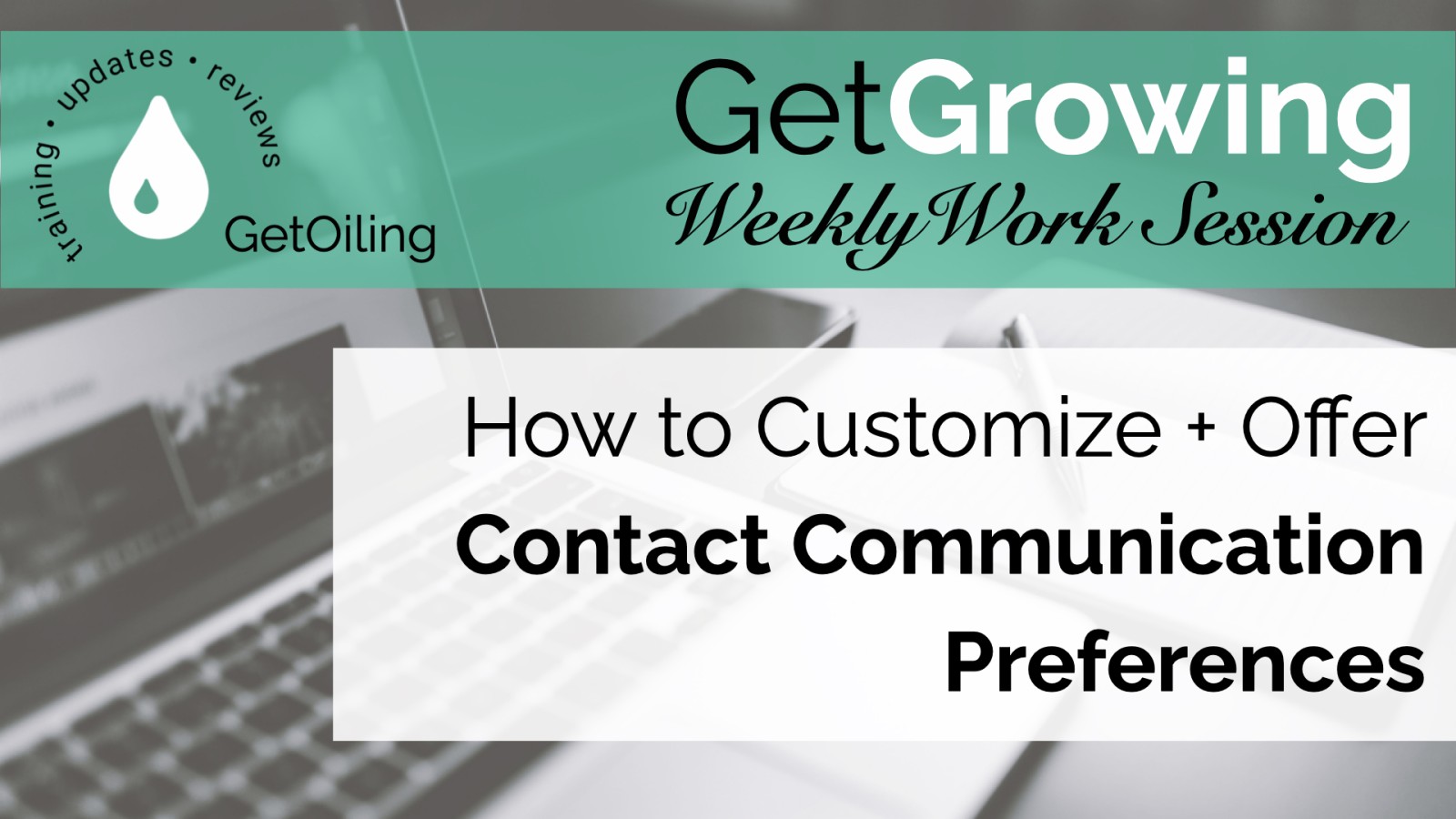
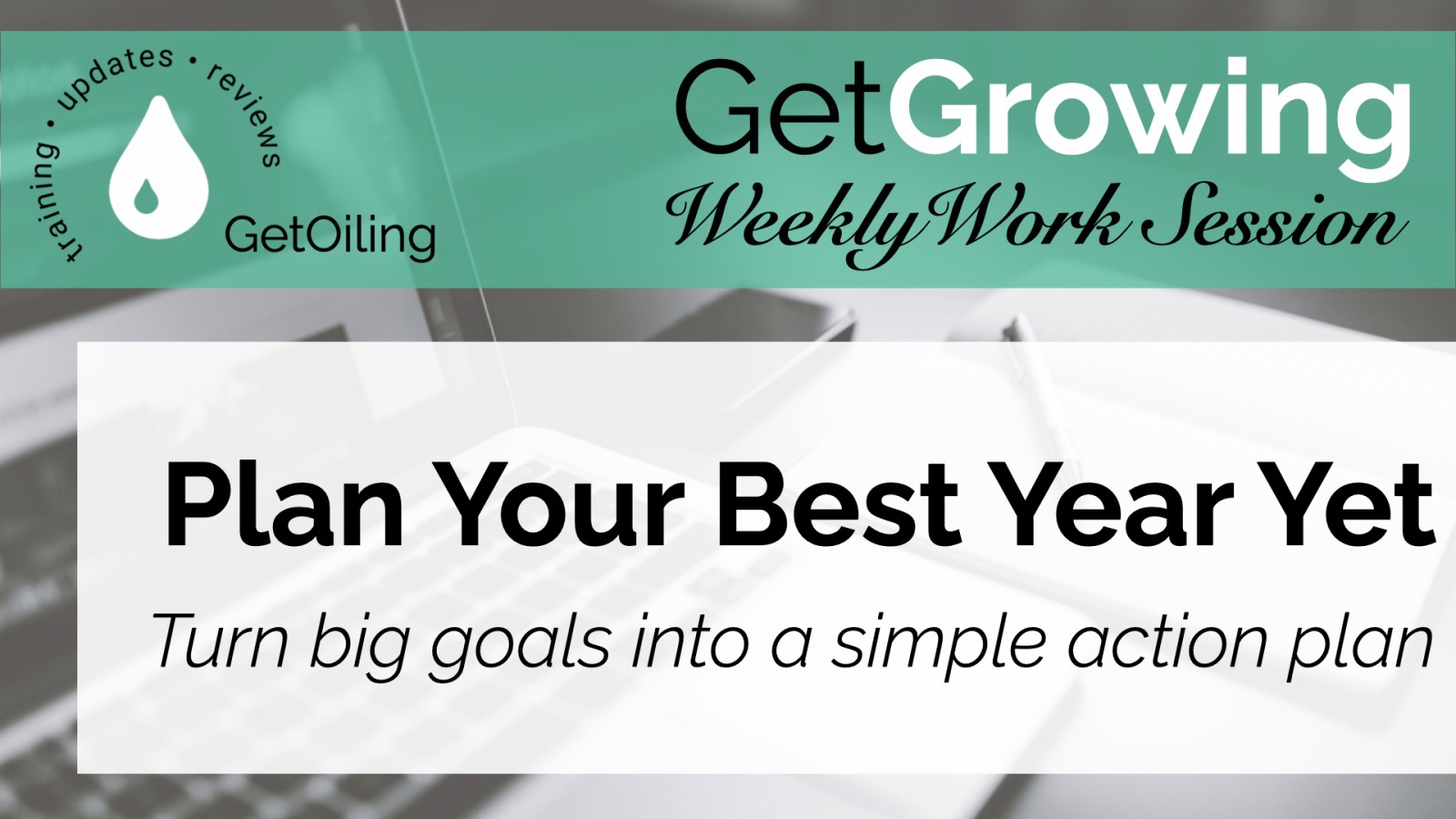
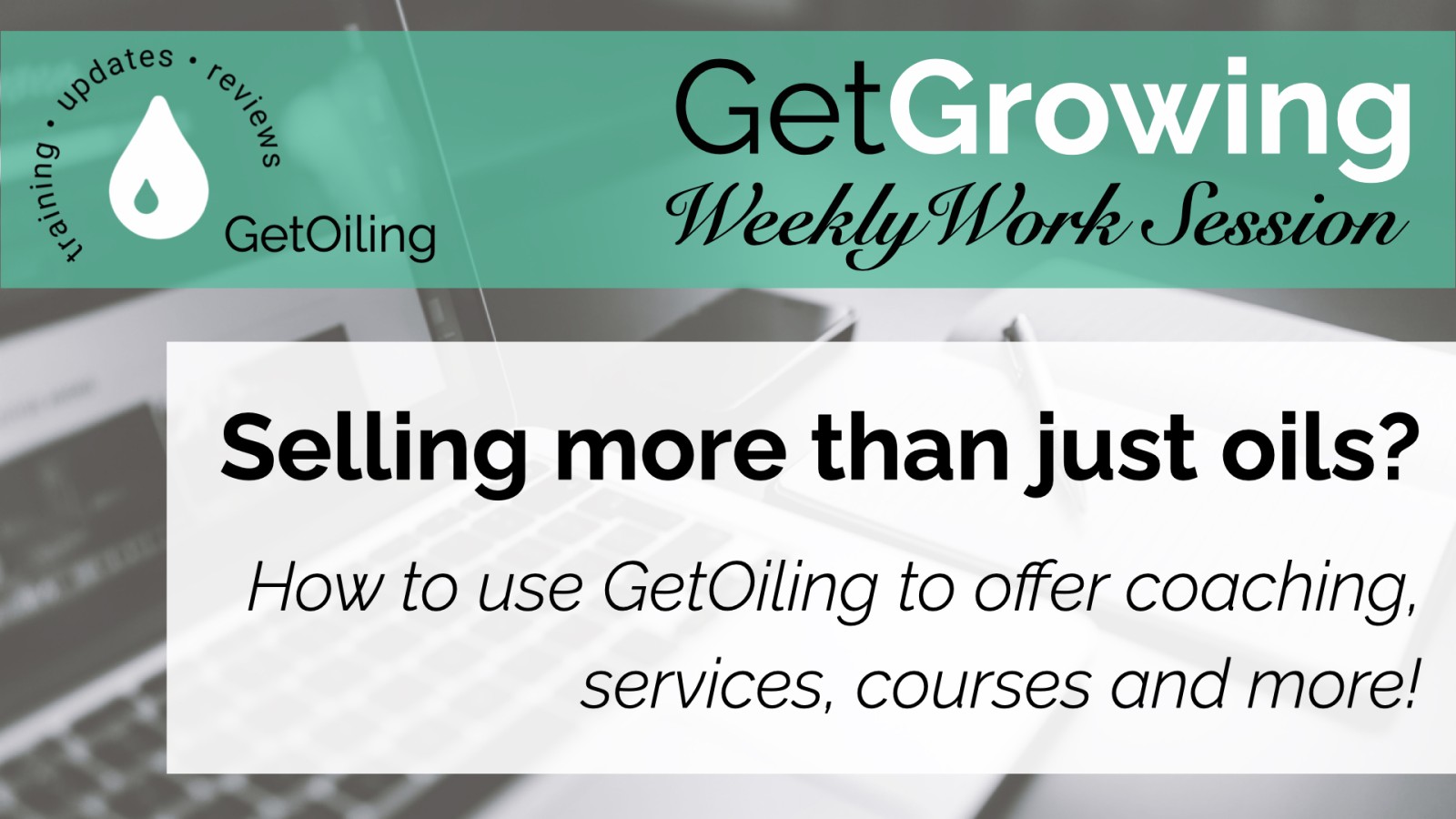
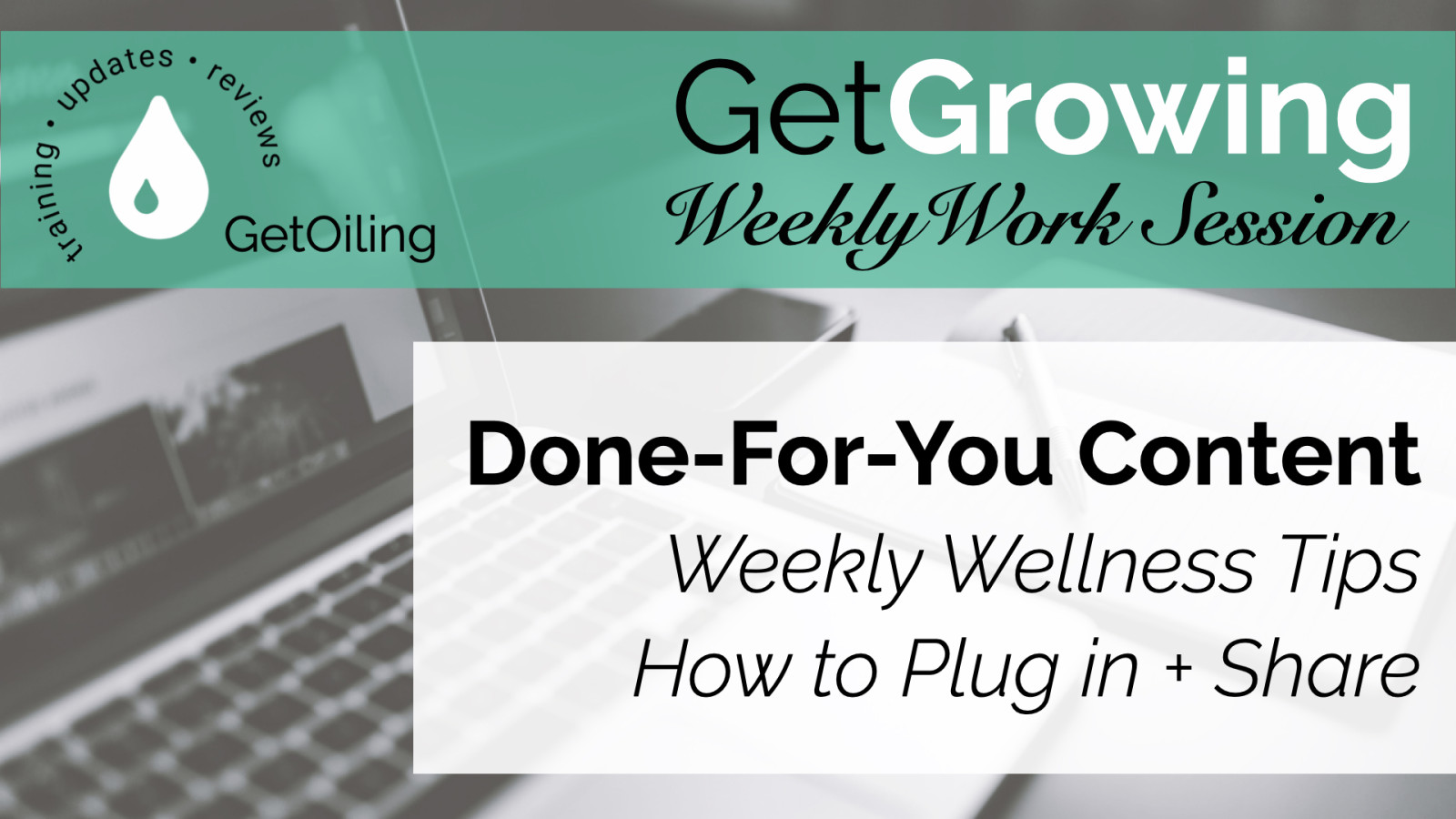
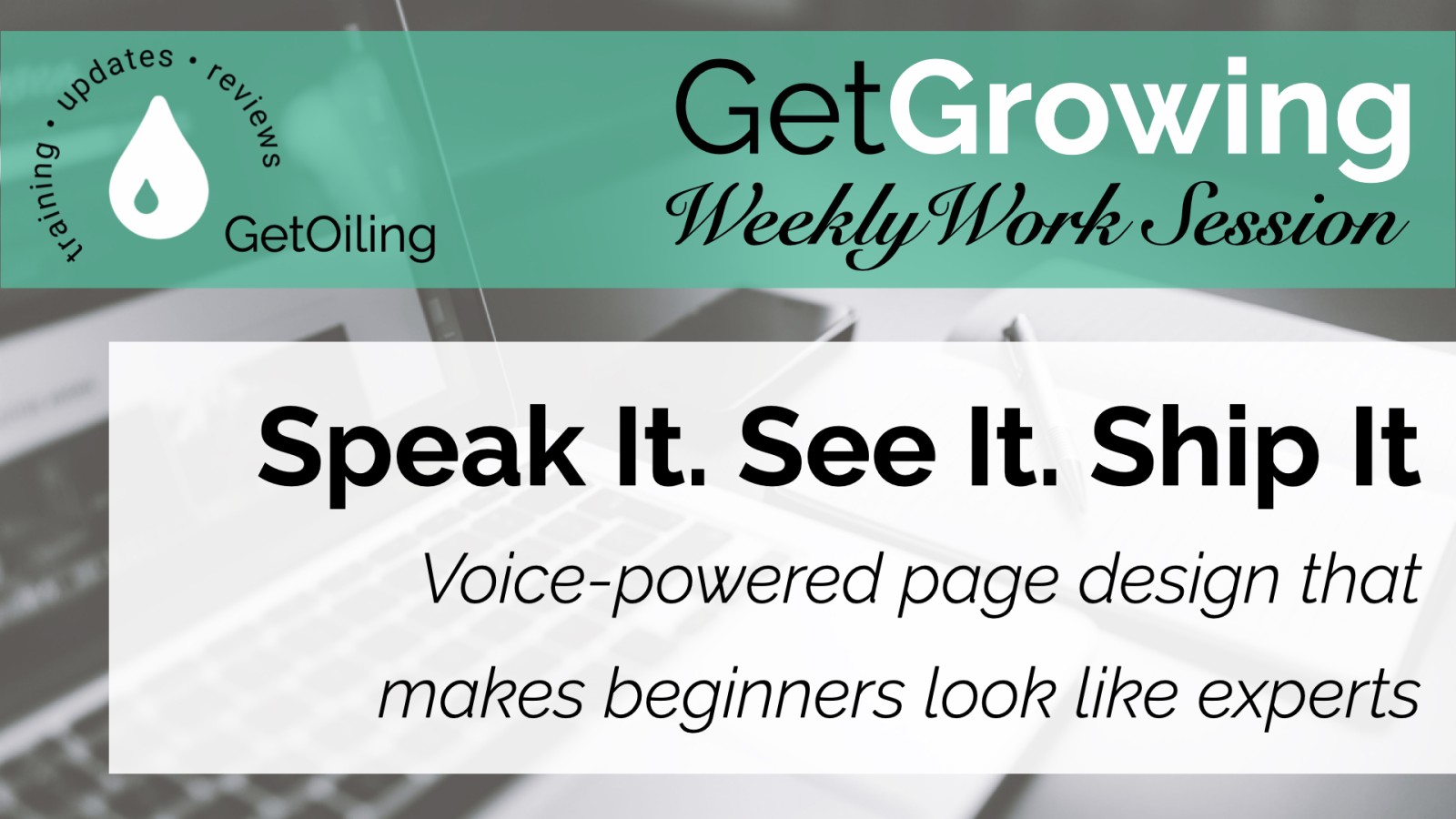
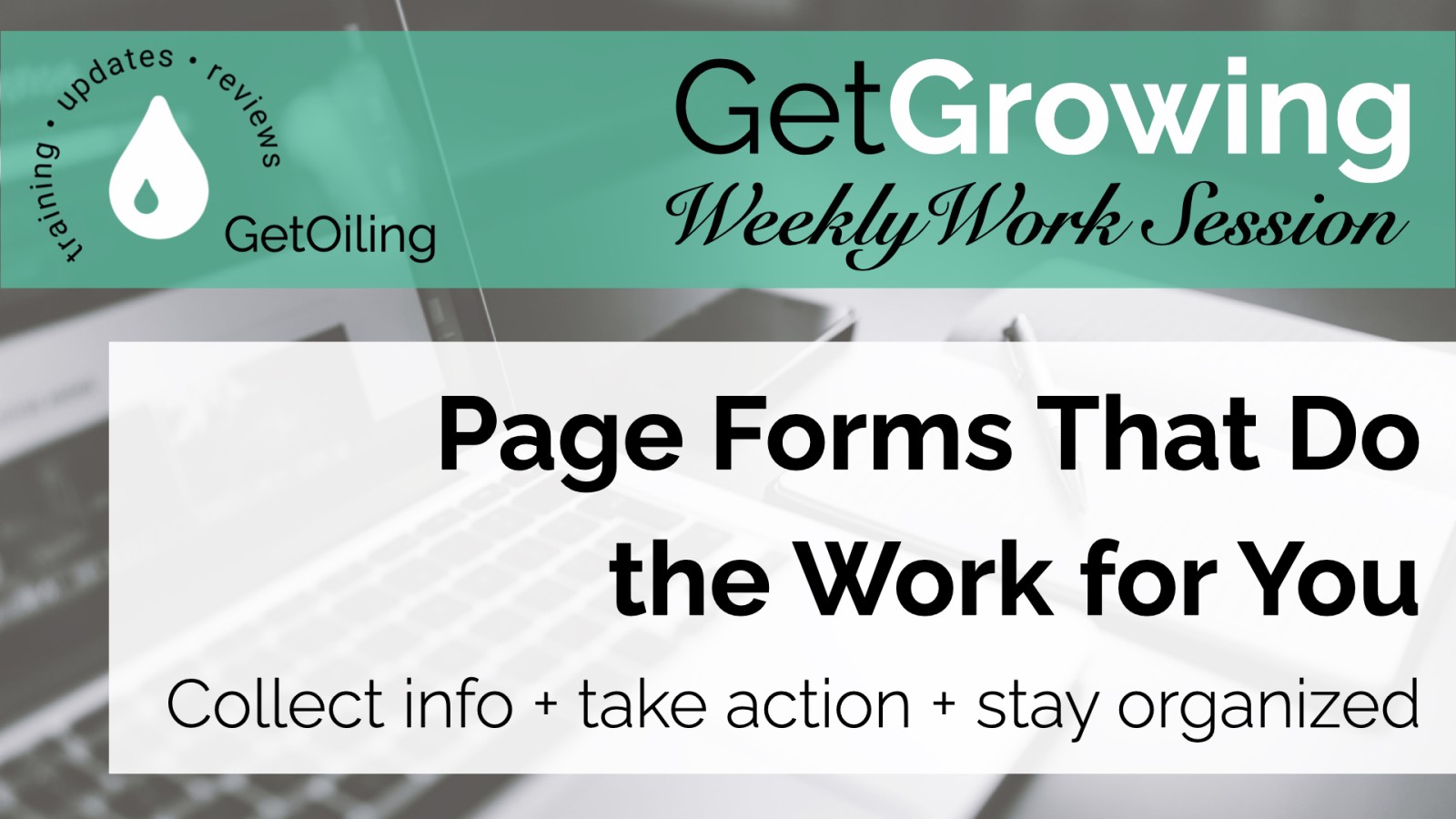
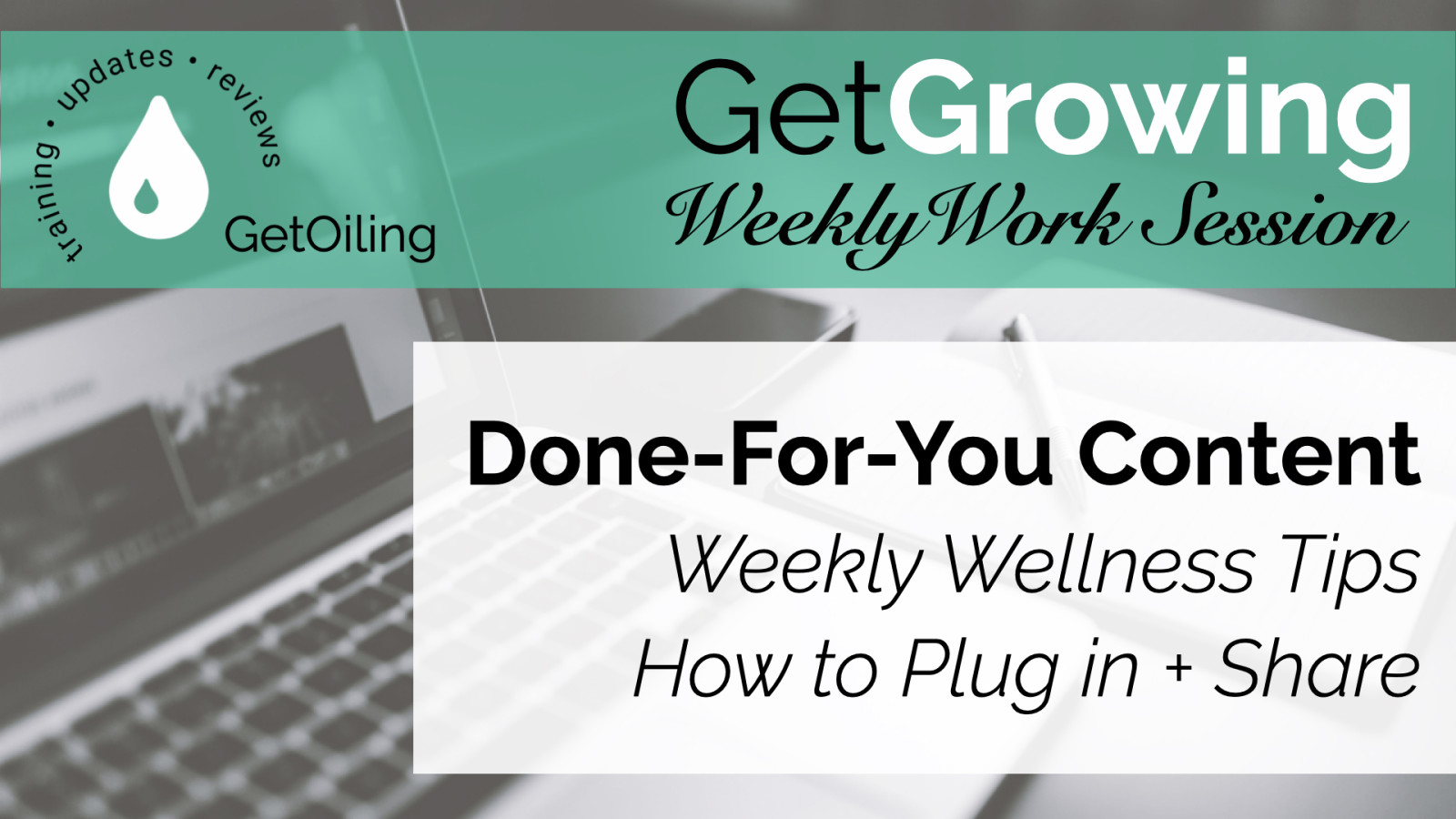
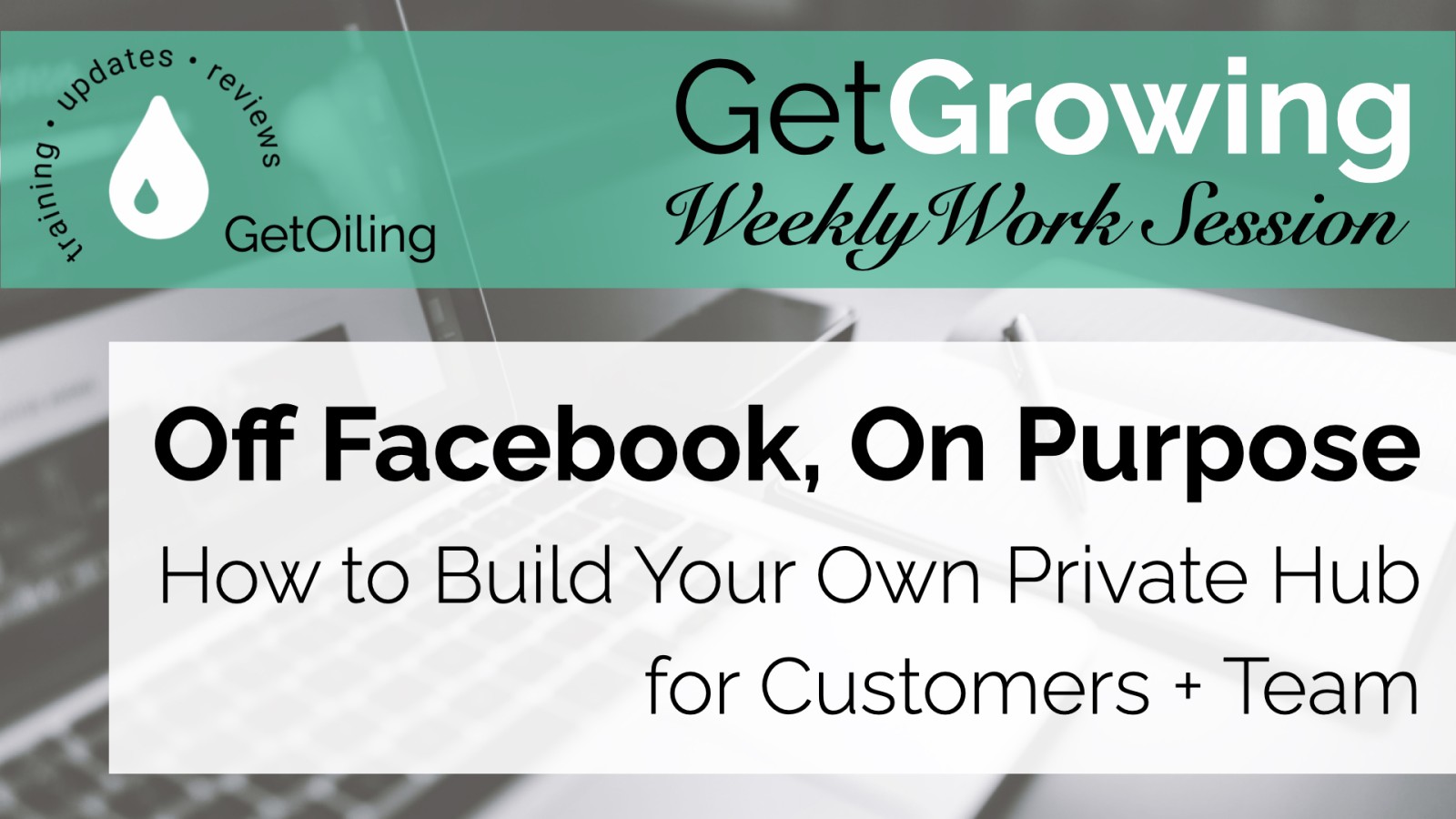
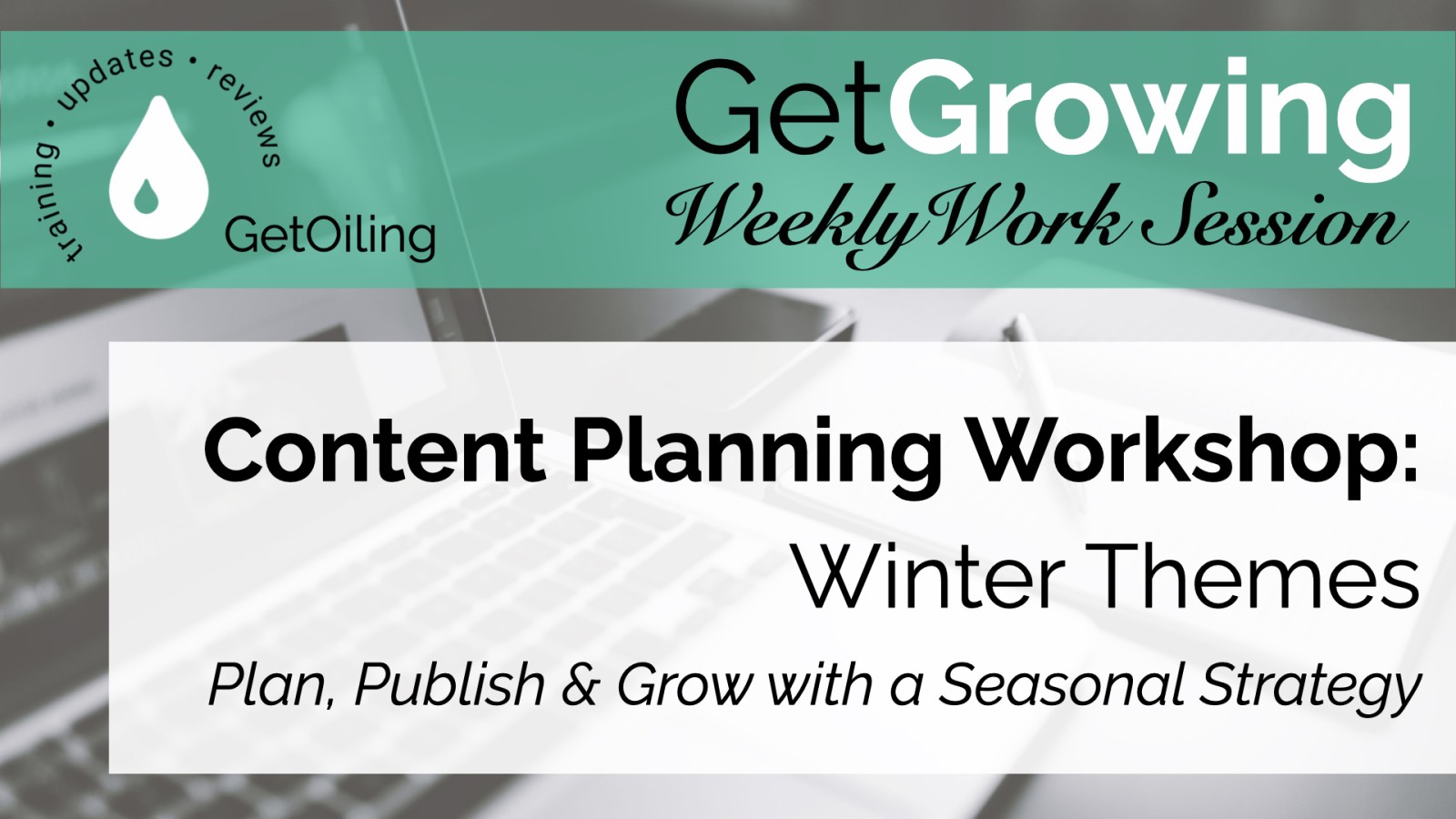
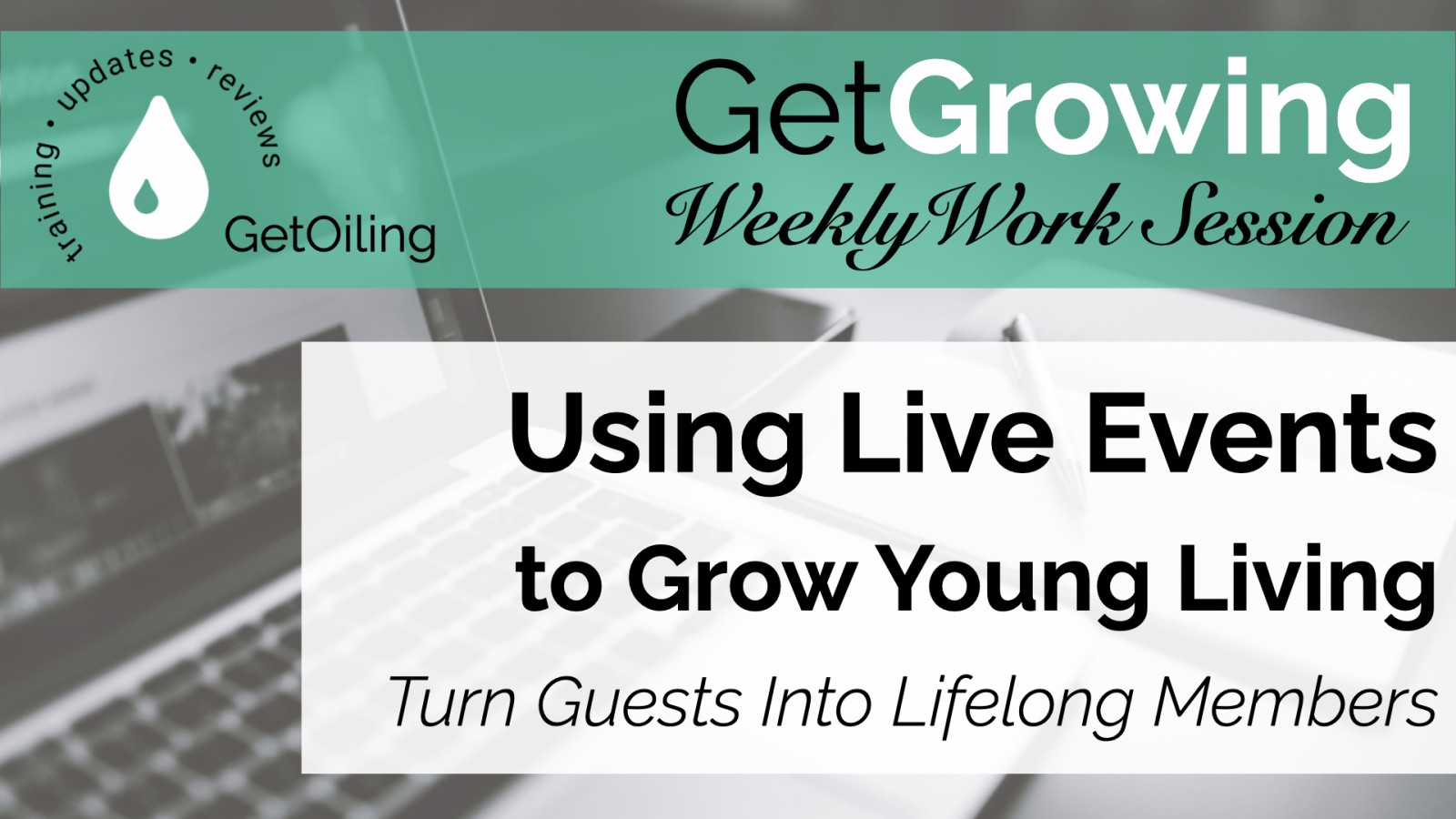
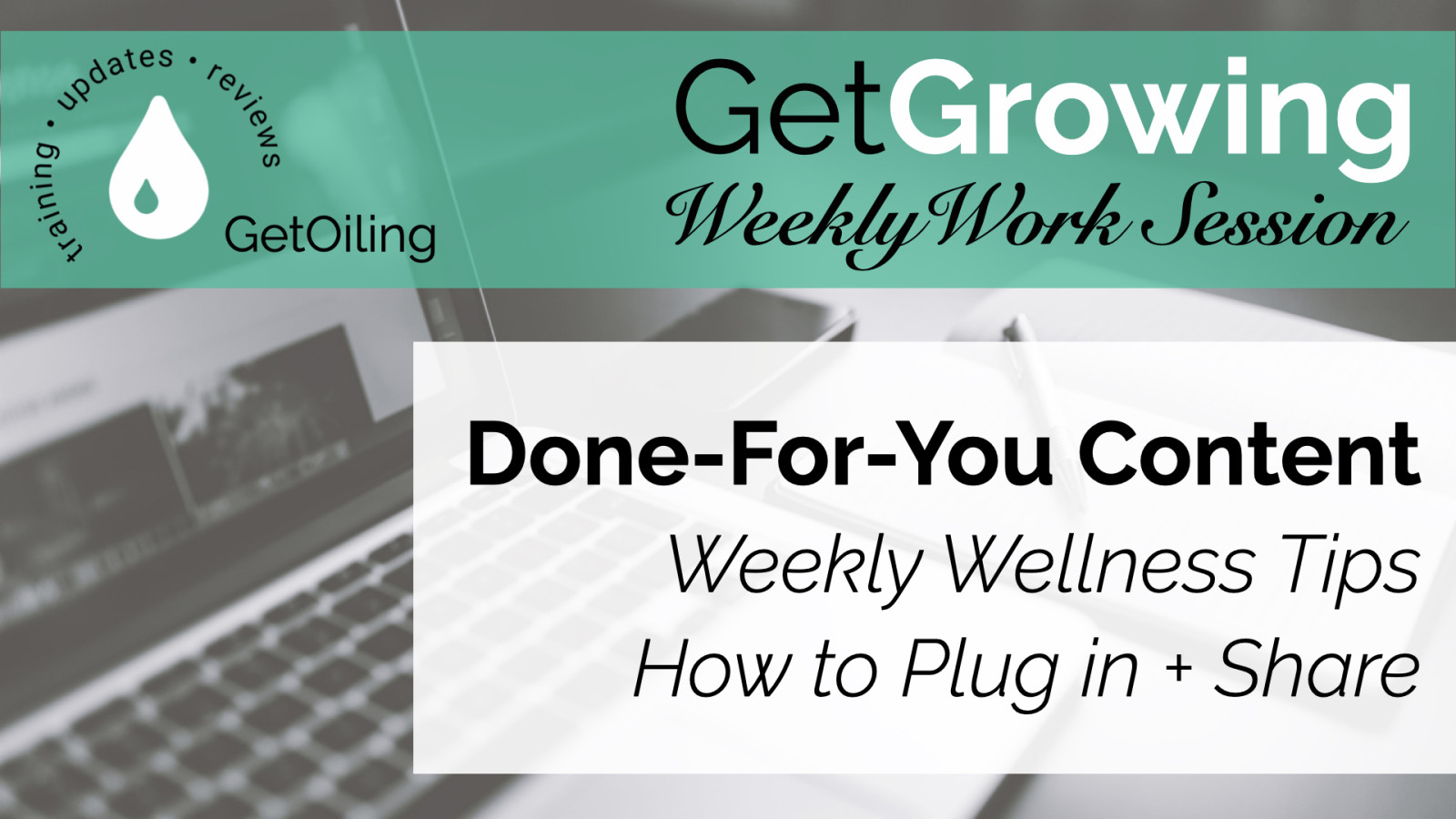

0 Comments